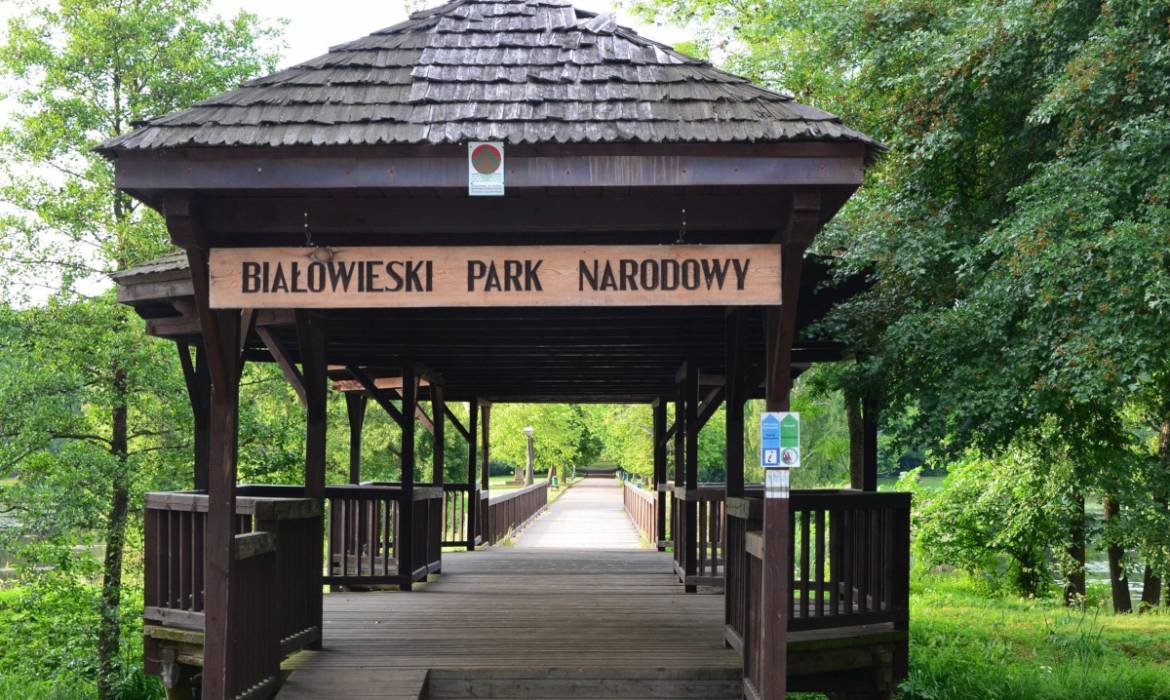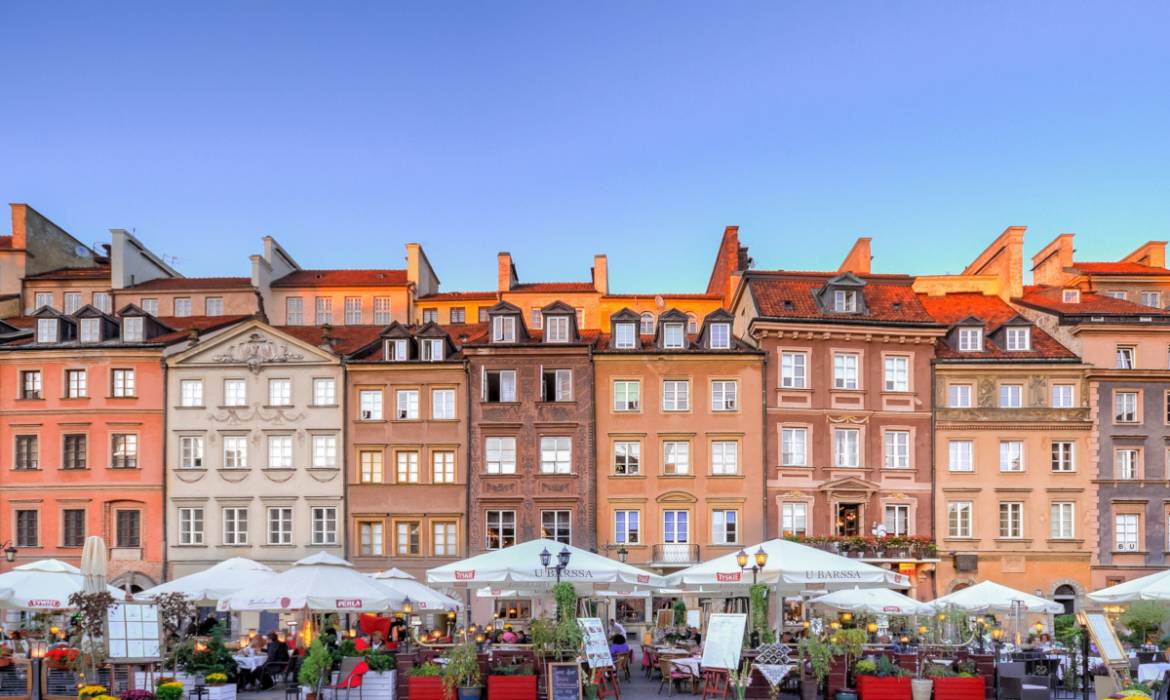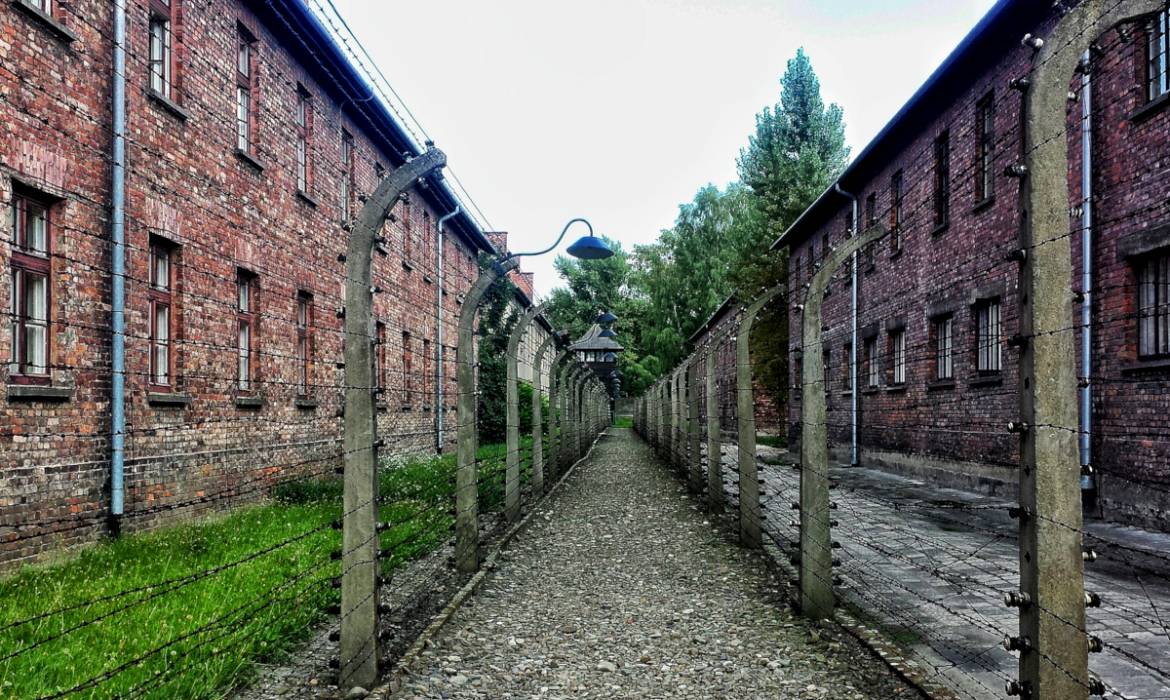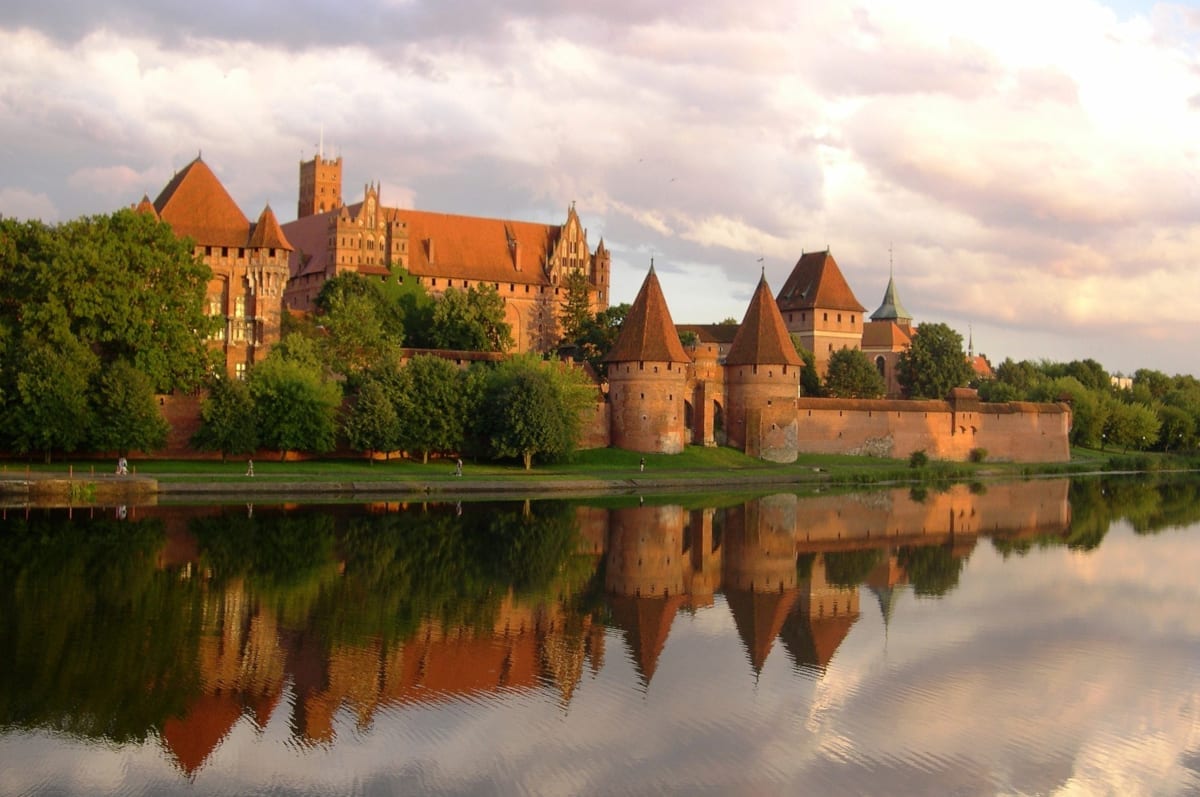
17 Sites in Poland
There are 17 World Heritage sites in Poland ranging from ancient woodlands & medieval castles to incredible salt mines. The list also includes the infamous Auschwitz Birkenau Camp. The first two sites in Poland were inscribed in 1978 and the latest in 2021.
World Heritage Sites are designated by UNESCO (United Nations Educational, Scientific and Cultural Organization) for having cultural, historical, scientific or other form of significance. To be selected, a World Heritage Site must be a somehow unique landmark which is geographically and historically identifiable and has special cultural or physical significance.
Cultural heritage & rich traditions
Poland has a 1,000 year-old-history filled with cultural heritage & rich traditions and the country attracts millions of tourists each year with many tourists placing World Heritage sites in Poland at the top of their ‘Must Visit’ lists.
If you only have a short amount of time to spend in the country, we highly recommend that you try to visit some of the places on the World Heritage list, particularly Krakow; which is a World Heritage Site in its own right plus it is conveniently located to two other well-visited World Heritage sites in Poland, Auschwitz Birkenau and Wieliczka Salt Mine.


Make your descent to 64 meters below the surface of Krakow for a guided tour of one of the most popular World Heritage sites in Poland. Wander through chambers, see underground lakes, shrines and salty monuments in one of the oldest UNESCO-listed salt mines!


Bialowieza National Park is located in the north east of Poland in the Podlaskie voivodeship and covers an area of around 105 sq km. The park is part of the Białowieża Forest, which straddles the border between Belarus and Poland. Bialowieza National Park is well-known for two reasons. Firstly, it is home to Europe’s largest land mammal, the European bison and secondly, the park shelters a sizeable chunk of original lowland primeval forest; which has remained undisturbed for hundreds of years. The forest has been designated as one of the UNESCO World Heritage sites in Poland and a Biosphere Reserve.
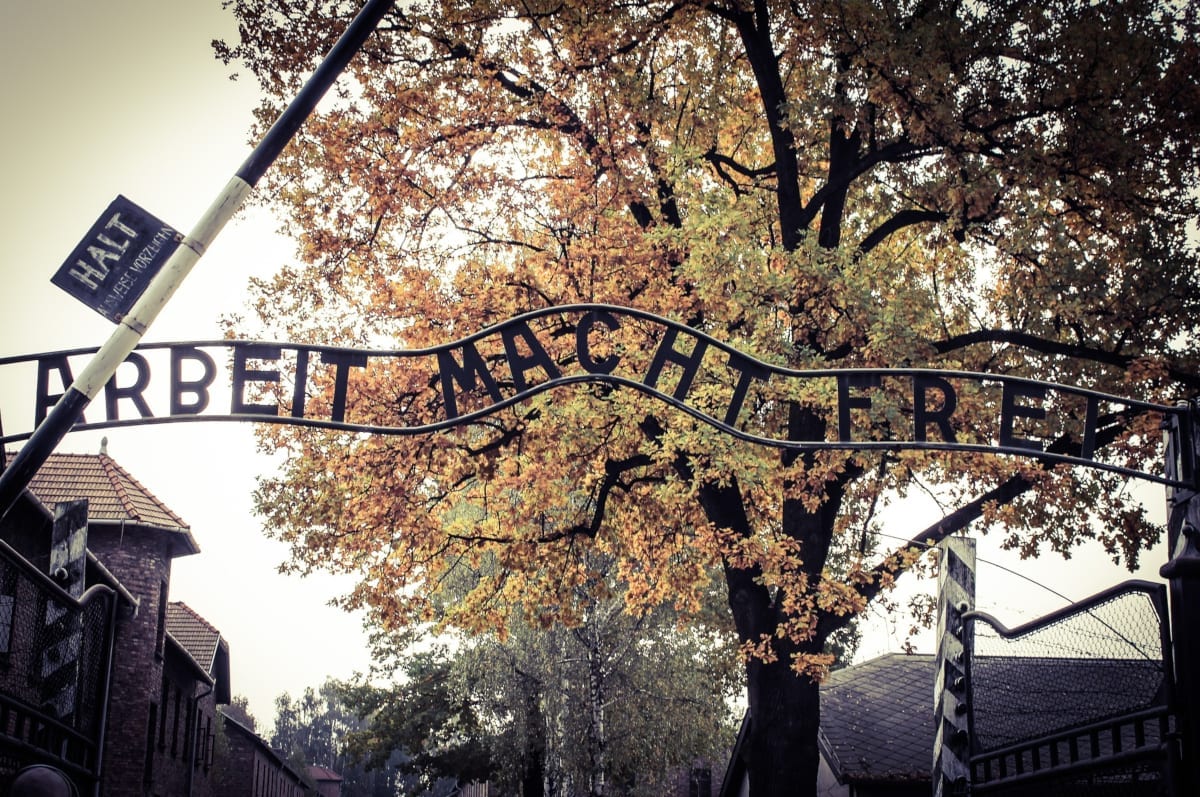
Auschwitz-Birkenau is synonymous with the Holocaust and the largest attempt at genocide in human history. More than a million Jews, and many Poles and Roma, were murdered here by German Nazis during WWII. Both sections of the camp, Auschwitz I and the much larger outlying Birkenau (Auschwitz II) have been preserved and are open to visitors. Everyone should visit Auschwitz at least once in their lives, it is a stern reminder of the horrors that human beings can inflict on each other and the only way to understand the extent and horror of the place and the atrocities that took place there.

Malbork Castle in the north of Poland is the largest castle in the world measured by land area and was designated a World Heritage Site in December 1997 by UNESCO. Located on the east bank of the River Nogat, this Gothic brick-built fortress once belonged to the Teutonic Order and it served as their headquarters for almost 150 years. Originally a fortress named Marienburg, the Teutonic Knights began this incredible construction in the 13th century and the structure took shape in various stages. Initially, the construction consisted of a formidable central bastion called the High Castle.
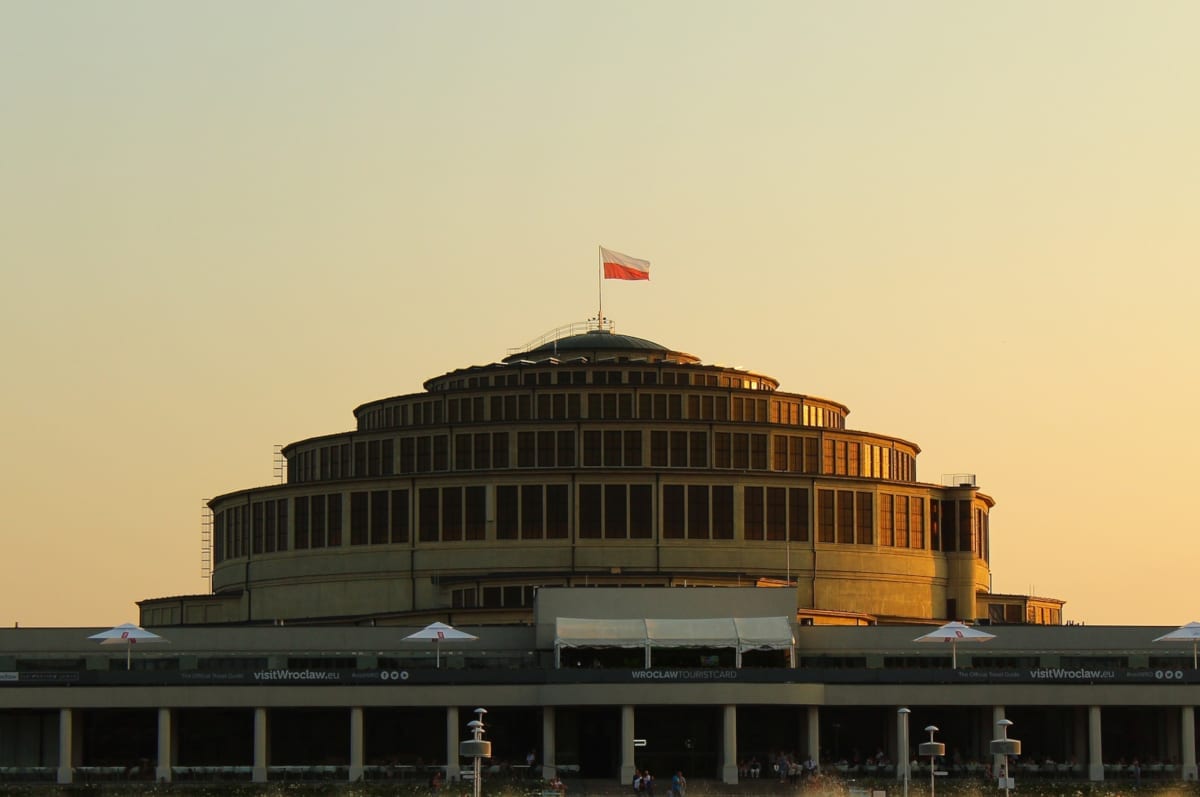
Centennial Hall was erected in 1911-1913 by the architect Max Berg as a multi-purpose recreational building and is a landmark in the history of reinforced concrete architecture. It was listed as a UNESCO World Heritage Site in 2006. The building is frequently visited by tourists and the local populace. It lies close to other popular tourist attractions, such as the Wrocław Zoo, the Japanese Garden, and the Pergola with its Multimedia Fountain. The building became one of Poland’s official national Historic Monuments (Pomnik historii), as designated on 20th April 2005, together with the Four Domes Pavilion, the Pergola, and the Iglica. Its listing is maintained by the National Heritage Board of Poland. The building was designed to respond to emerging social needs and included an assembly hall, an auditorium for theatre performances, an exhibition space and a sports venue.
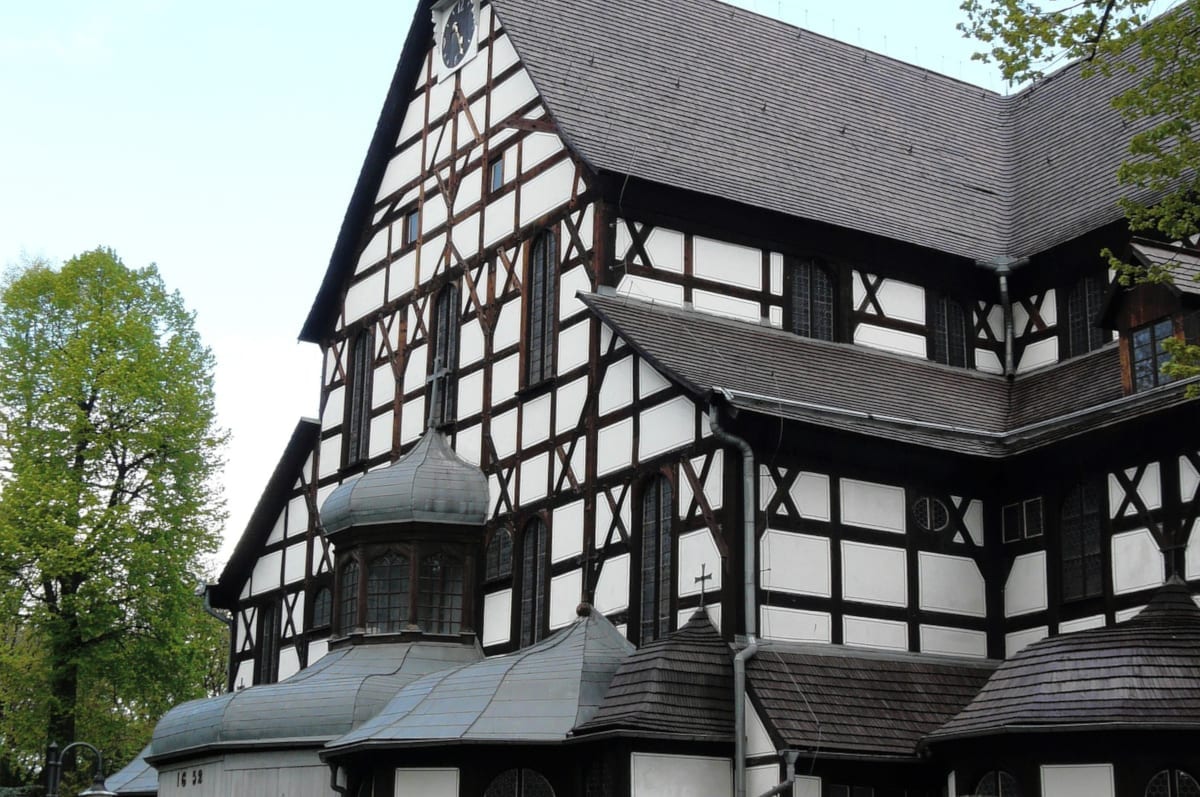
The Churches of Peace in Jawor and Świdnica, were built in the former Silesia in the mid-17th century. They were named after the Peace of Westphalia; which was the name given to two peace treaties signed in October 1648 that resulted in the end of the Thirty Years War bringing peace to the Holy Roman Empire and closing a calamitous period of European history that killed approximately eight million people. The peace treaties effectively eradicated the Evangelical Church in the region depriving the Evangelical majority of the population any religious freedom and all of their churches. After diplomatic intervention by Sweden, permission was granted to build three churches outside the city walls; however this permission came with strict physical and political constraints. One of the most interesting of the World Heritage sites in Poland!
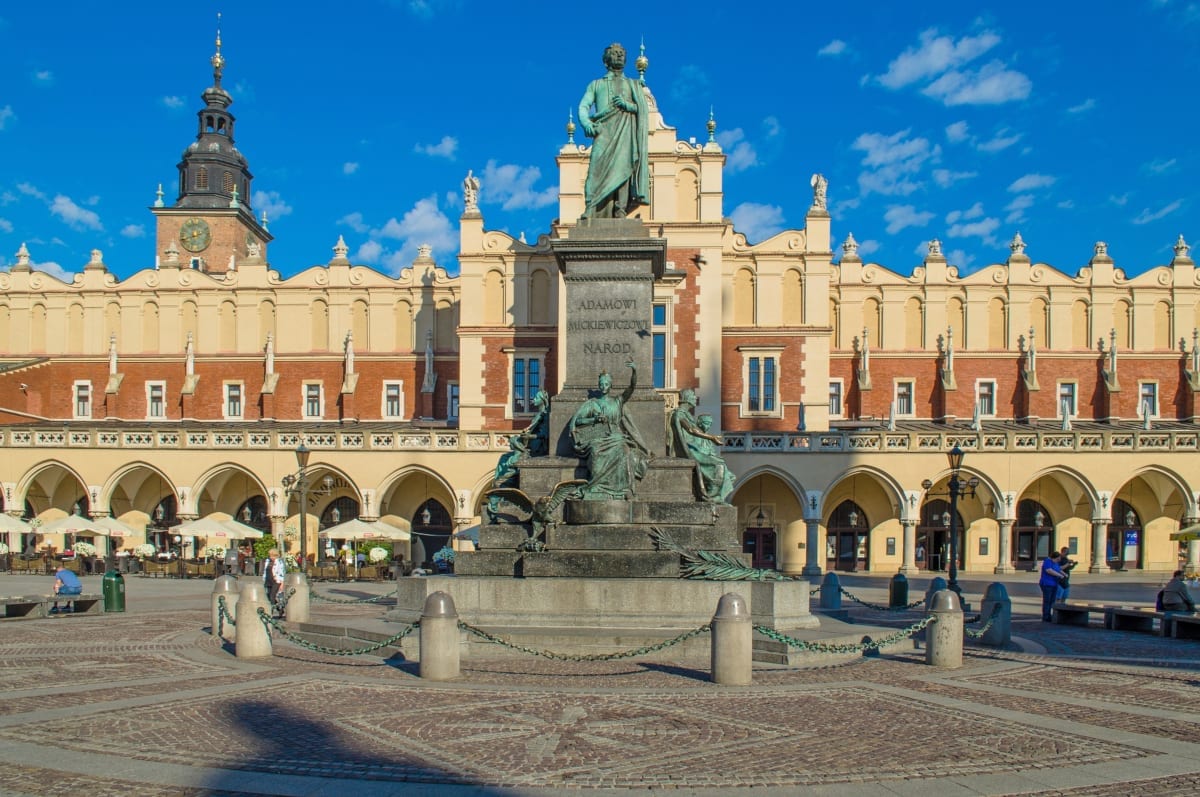
The historic centre of Kraków has been featured on Unesco’s World Heritage List since 1978. Packed full of restaurants, museums, galleries and bars, the medieval layout of the Old Town has not changed for centuries. The heart and focal point of the historic centre of Kraków is its graceful main market square, the largest medieval town square of any European city. Most visitors to Kraków visit the market square with its Cloth Hall, the Church of the Holy Mary, Wawel Hill and its Royal Castle, Wawel Cathedral with its outstanding Renaissance chapel, the Barbican and St. Florian’s Gate. Wawel Royal Castle and the limestone Wawel Hill are extremely important historical and cultural sites containing one of the most important collection of buildings in Poland.
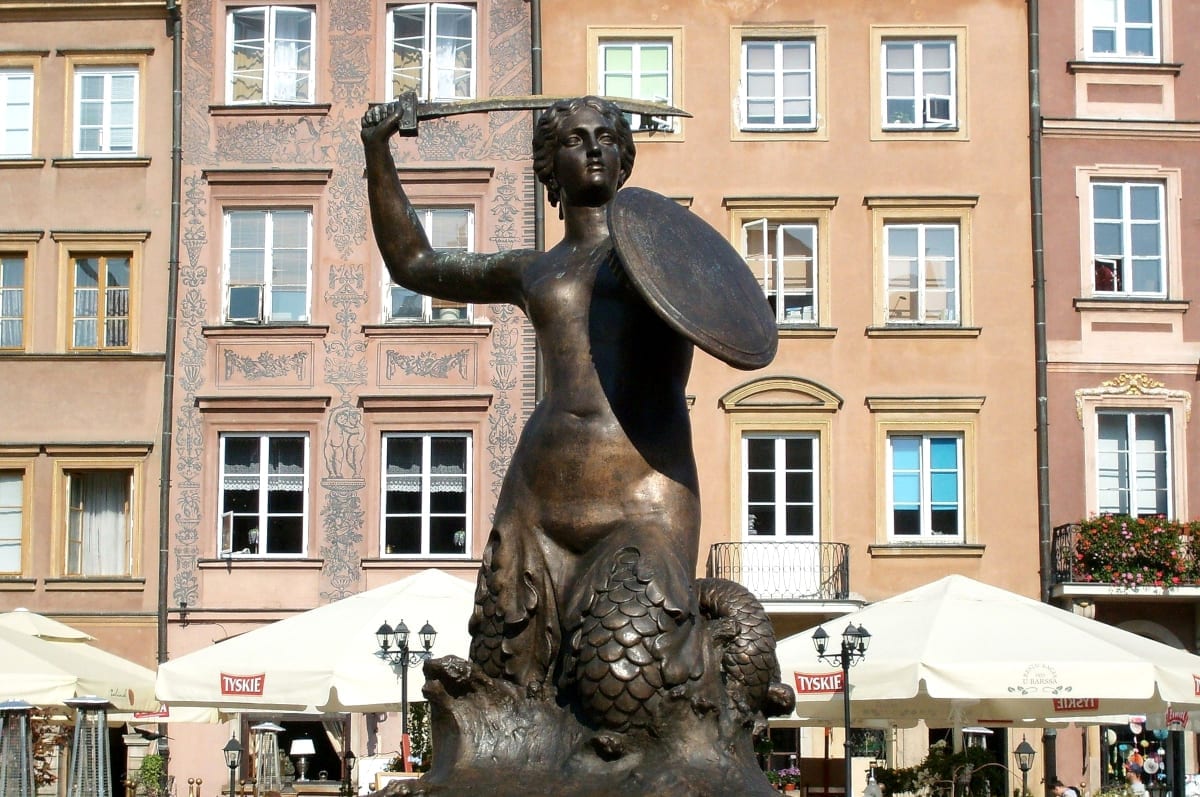
The Historic Centre of Warsaw (Warsaw Old Town) is the oldest part of Warsaw. The heart of the area is the Old Town Market Place; which is very popular with tourists and contains many restaurants, cafés, bars and shops. Surrounding streets feature medieval architecture such as the city walls, St. John’s Cathedral and the Barbican which links the Old Town with Warsaw New Town. In excess of 85% of the historic centre of Warsaw was deliberately destroyed during World War II by Nazi Germany. A meticulous restoration of the Old Town took place after the war and this included its important religious buildings, the Royal Castle, Old Town Market, townhouses, and the circuit of the city walls. It is an outstanding example of a near-total reconstruction of a span of history covering the 13th to the 20th century.

Kalwaria Zebrzydowska is a town in southern Poland located within the Lesser Poland region, around 14km east of the former home of Pope John Paul II in Wadowice. Kalwaria Zebrzydowska is Poland’s second most important pilgrimage site after Jasna Góra in Częstochowa and owes its existence to the squire of Kraków at the time, Mikołaj Zebrzydowski. The story is that Mikołaj’s wife had a vision of three burning crosses on the very hill the park is now located upon. Seeing this as a heavenly message, Mikołaj commissioned the construction of a calvary modelled on the 1584 map of Jerusalem by Christian Kruik van Adrichem. Today the calvary is known as the ‘Polish Jerusalem’. Kalwaria Zebrzydowska was established in 1600. By 1617, twenty four chapels had been built over the surrounding hills with many replicating the look of chapels in Jerusalem.
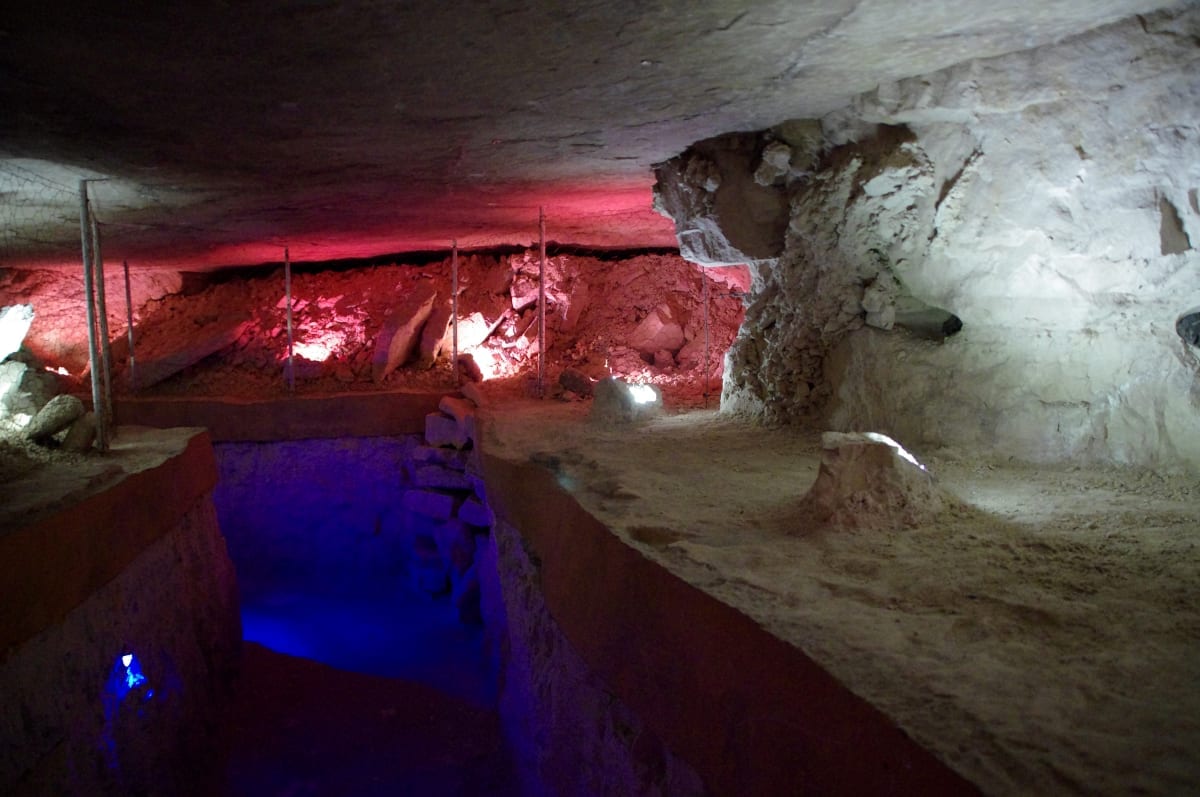
Krzemionki is a complex of banded (striped) flint mines, which were in operation during the Neolithic and Early Bronze Ages (3,900-1,600 BC), and have been preserved in an almost intact state. The Krzemionki mines are located in the mountain region of Świętokrzyskie. They were dedicated to the extraction and processing of striped flint, which was mainly used for axe-making. Products from the mines have been found as far away as 660km. The Krzemionki mines were discovered in 1922 by a Polish geologist, Professor Jan Samsonowicz. His discovery was significant, Krzemionki is one of the most comprehensive prehistoric underground flint extraction and processing systems identified to date with underground mining structures, flint workshops and around 4,000 shafts and pits.
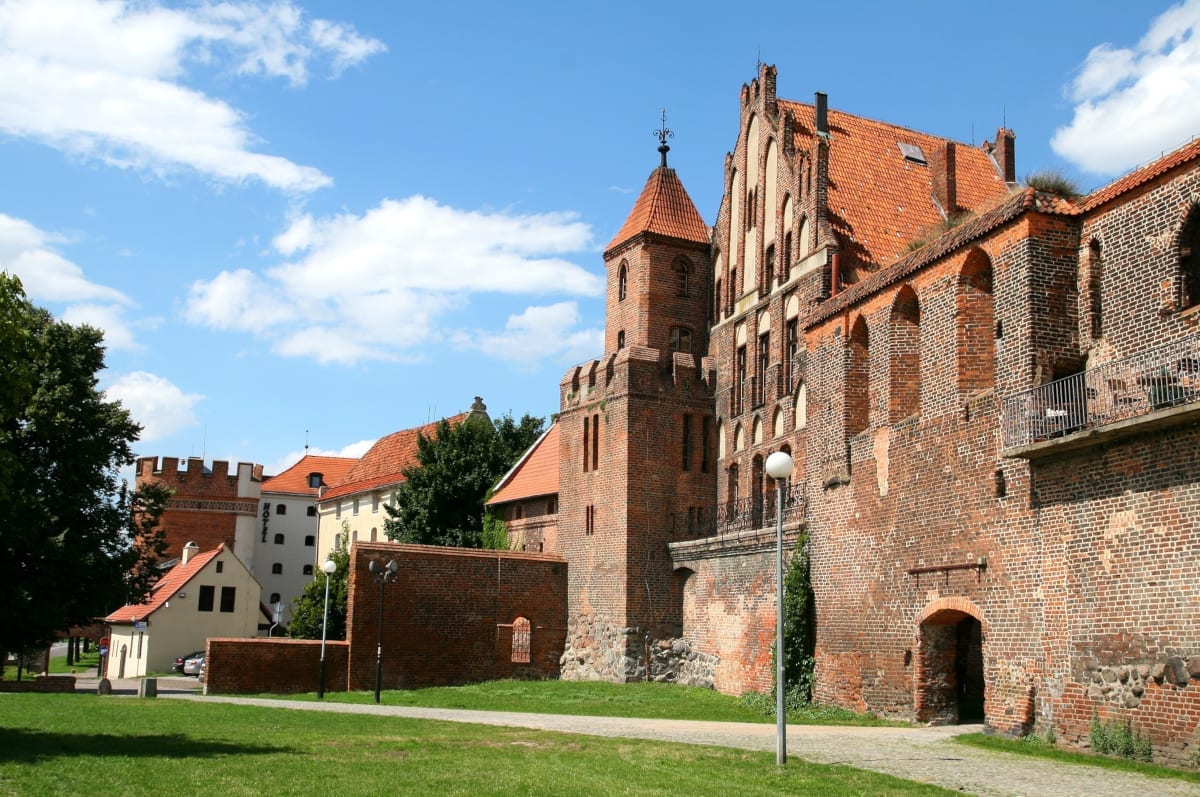
The Medieval Town of Toruń owes its origins to the Teutonic Order, which built a castle in the town in the mid-13th century as a base for the conquest and evangelisation of Prussia. This acted as a catalyst for the growth, importance and popularity of the town and it soon developed a commercial role as part of the Hanseatic League. In the Old and New Town, the many imposing public and private buildings from the 14th and 15th centuries (among them the house of Nicolaus Copernicus) are striking evidence of Torun’s stature. Toruń is a remarkably well preserved example of a medieval European trading and administrative centre. The city was founded in the period when Christianity was being spread through Eastern Europe by the military monks of the Teutonic Order.
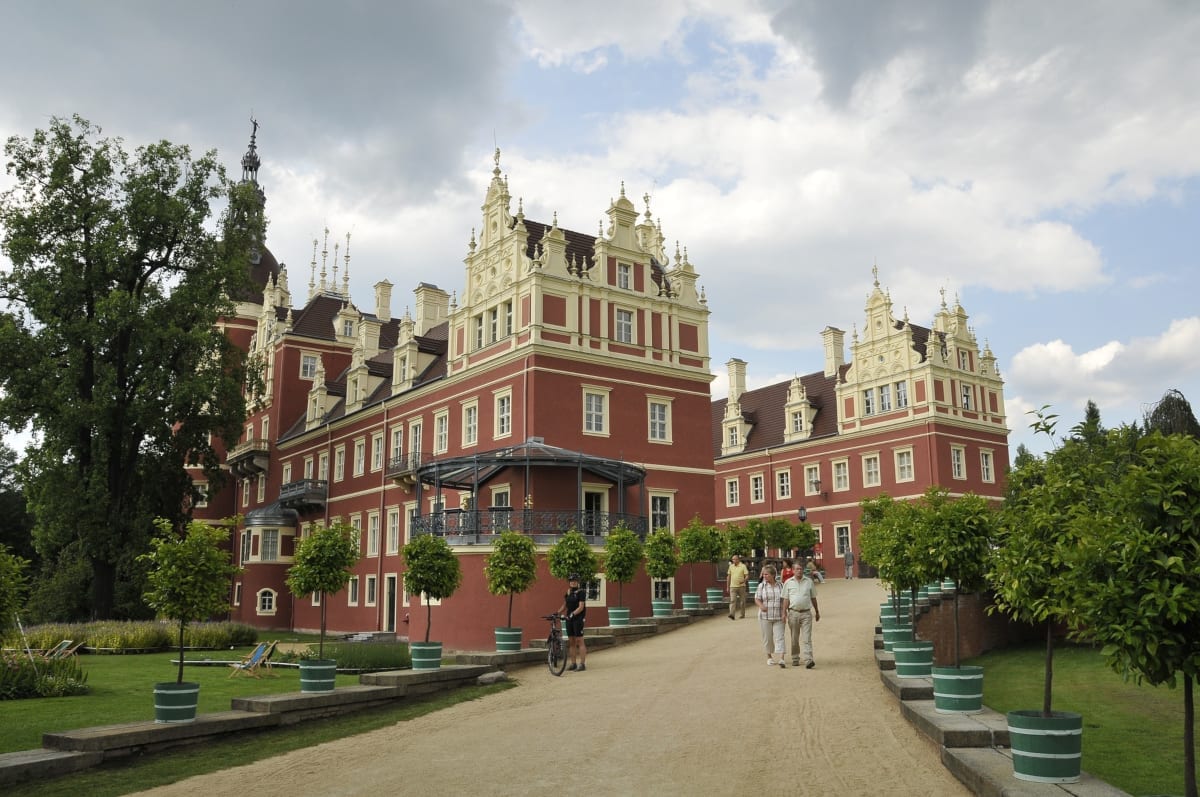
Muskauer Park is the largest and one of the most famous English gardens in Central Europe, stretching along both sides of the German and Polish border. It was added to the list of UNESCO World Heritage Sites on 2nd July 2004. The park also stands as one of Poland’s official Historic Monuments, as designated 1st May 2004, and tracked by the National Heritage Board of Poland. The 559.9 ha landscaped park sits astride the Neisse River and was created by Prince Hermann von Puckler-Muskau from 1815 to 1844 who developed the park around his residence, Schloss Muskau. The largest proportion of Muskauer Park is located in Poland (3.5 sq km) with the remaining 2.1 sq km within Germany. The castle (Schloss) is situated on the German side of the park, the heart of the park called the. ‘Park on Terraces’ is located within Poland.
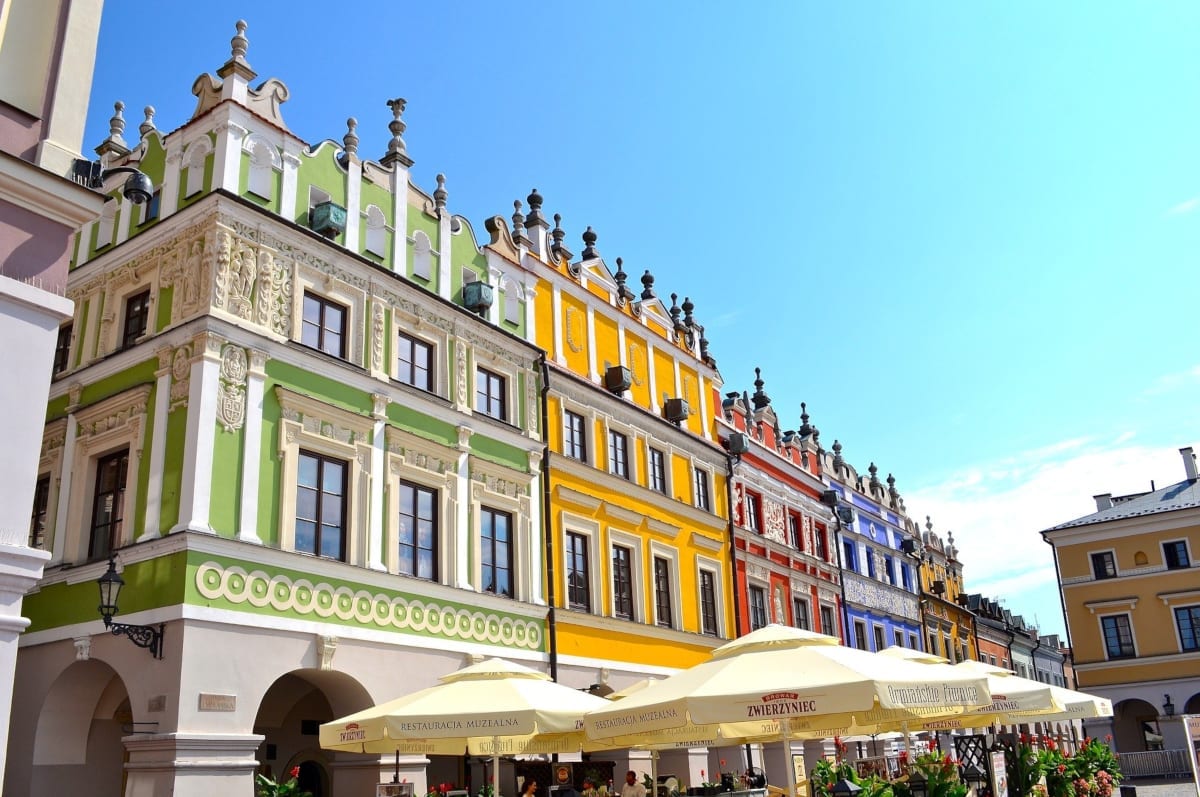
The Old City Of Zamość is the oldest historic district of the city of Zamość and is unique in Poland as an almost perfectly preserved example of 16th-century Renaissance town planning. It was made a Unesco World Heritage site in 1992. The district was named one of Poland’s official national Historic Monuments, as designated 16th September 1994 and its listing is maintained by the National Heritage Board of Poland. The Old City Of Zamość was founded in the 16th century by a wealthy Polish nobleman, Jan Zamoyski (1542−1605), and was modelled on Italian theories of the ‘ideal city’. Jan hired a Paduan architect by the name of Bernando Morando to realise his dream. The layout of the town was supposedly designed to resemble the human body with the palace as its head.
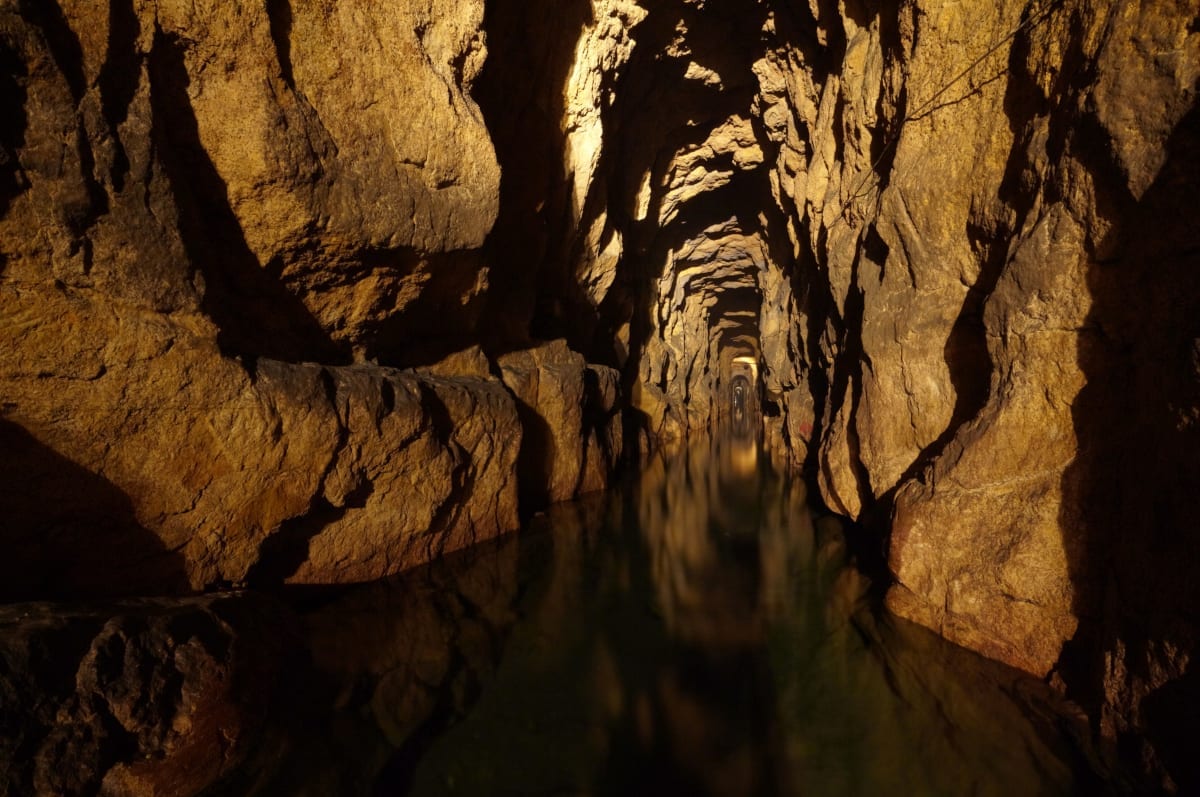
The Tarnowskie Góry Lead-Silver-Zinc Mine is a UNESCO World Heritage Site in Tarnowskie Góry, Upper Silesia, Poland. Today, it is a museum and tourist attraction. A mining settlement and the first silver-bearing ore mines emerged in the region at the turn of the 15th and 16th centuries, today the mine and neighbouring Black Trout Adit are just remnants of a bygone silver mining industry. During the mid-1930s, the idea to make part of the mine suitable for tourists was first considered but was put on hold due to the outbreak of World War II. The Tarnowskie Góry Land Lovers Association was founded in the 1950s to look at the feasibility of opening up a tourist route; which led to part of the drainage system called Black Trout Adit being opened to visitors in 1957. For a long time, this was the longest underground boat tour in Poland.

The Wieliczka Salt Mine is a UNESCO World Heritage site located around 14km southeast of Kraków and is one of Poland’s most popular attractions, welcoming tourists since 1722. Wieliczka Salt Mine is a subterranean labyrinth of tunnels, shafts and chambers, underground saline lakes, chapels with altarpieces, majestic timber constructions and unique statues sculpted in rock salt. The size of the mine is staggering, it reaches a depth of 327m and extends via horizontal passages and chambers for over 287 km distributed over nine levels. Only a small part of the mine is open to the public. The highlight of the mine is a vast chamber housing the ornamented Chapel of St Kinga. Everything that you will see within the chamber is made from salt including altarpieces and chandeliers.
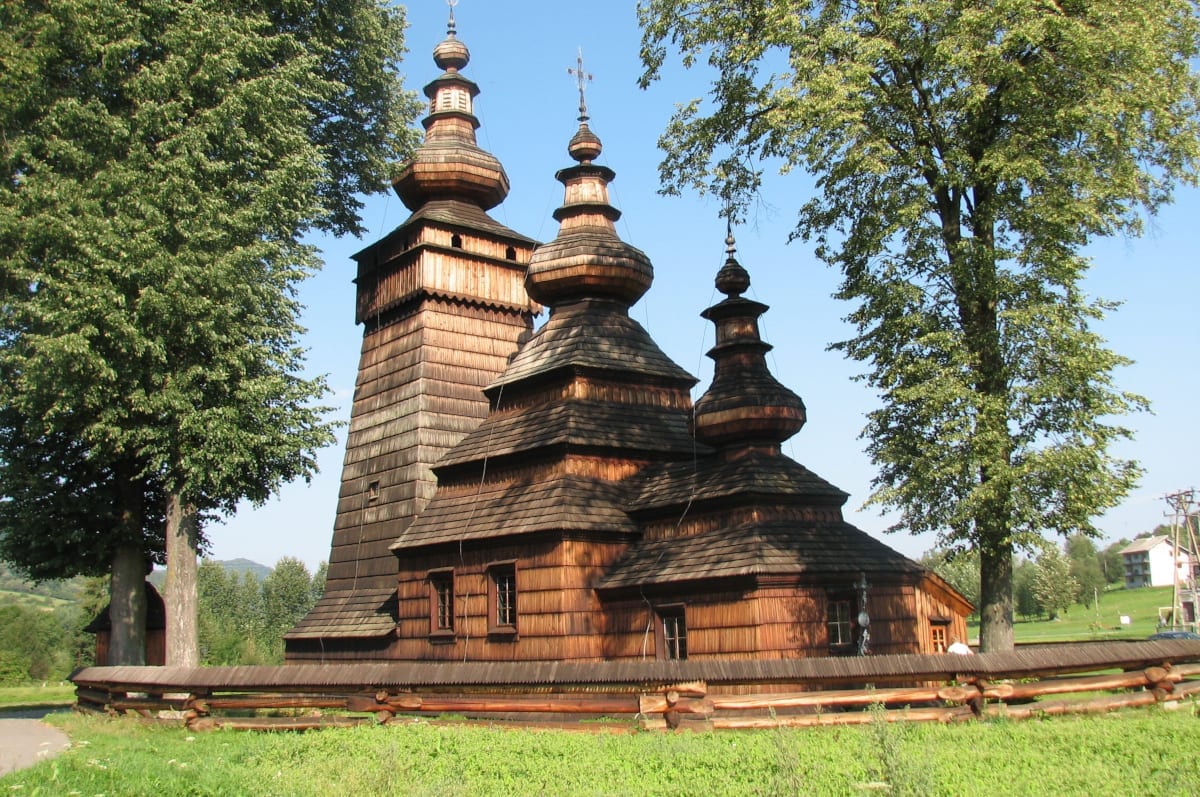
The Wooden Tserkvas Of The Carpathian Region were built between the 16th and 19th centuries by communities of Orthodox and Greek Catholic faiths. Sixteen tserkvas (churches) are listed by UNESCO of which eight are located in Poland and eight are located in Ukraine. The wooden tserkvas were built of horizontal logs and were complex structures constructed using distinct building traditions rooted in Orthodox ecclesiastic design interwoven with elements of local tradition. The wooden tserkvas were built on a tri-partite plan surmounted by open quadrilateral or octagonal domes and cupolas with wooden bell towers on the outside and iconostases and polychrome decorations in the inside. Outside, they had churchyards, gatehouses and graveyards bounded by perimeter walls or fences and gates.

The Wooden Churches of Southern Małopolska inscribed on the UNESCO World Heritage Site list are located in: Binarowa (ca 1500), Blizne (mid-15th century.), Dębno (1335), Haczów (14th/15th century), Lipnica Murowana (end of 15th century) and Sękowa (1520). They were built using the horizontal log technique and represent outstanding examples of the different aspects of medieval church-building traditions in Roman Catholic culture. These old wooden Gothic churches were all located within the historic region of Małopolska in southern and south-eastern Poland and were sponsored by families of nobility as symbols of their prestige. The horizontal log technique was commonplace in Northern and Eastern Europe during the Middle Ages.

Established between the 12th and 13th centuries, the Bochnia Salt Mine, is one of the oldest salt mines in the world and the oldest commercial company in Poland. The mine stopped producing salt in 1990 at which time, it became a tourist attraction. In 2013, a multimedia aspect was added to the tourist route; which spans two kilometres in length. The complex offers four different routes for visitors. Among the mine’s attractions, there is the underground mining train that transports tourists along the tourist route, a 140m slide connecting two levels of the mine, and an underground boat crossing. Bochnia Salt Mine is one of Poland’s official national Historic Monuments and has also been added to the UNESCO World Heritage List as an extension of the Wieliczka Salt Mine inscription.

We offer directly bookable, instantly available, and completely mobile tickets for museums, shows, and attractions in Poland via the largest online ticketing platform in the world. Get digital tickets, instantly and last-minute, use your phone to enter the venue, no printing needed & customer support available 24/7 in your language. Check out the latest experiences and tours that we have on offer including Auschwitz-Birkenau, Wieliczka Salt Mine, Wawel Royal Hill, Polish Vodka Museum & Schindler’s Factory Museum. If traditional sightseeing tours bore you to tears, then try the Retro Bus Tour – Dark Side Of Warsaw. Bump and rumble around Warsaw’s Praga district in a retro bus, while your driver reveals the quirkier side of the Polish capital and its culture.

Explore one of the darkest chapters in the history of Europe in the 20th century on a guided tour of the Auschwitz-Birkenau. See original buildings of concentration camps with the help of a guide.

